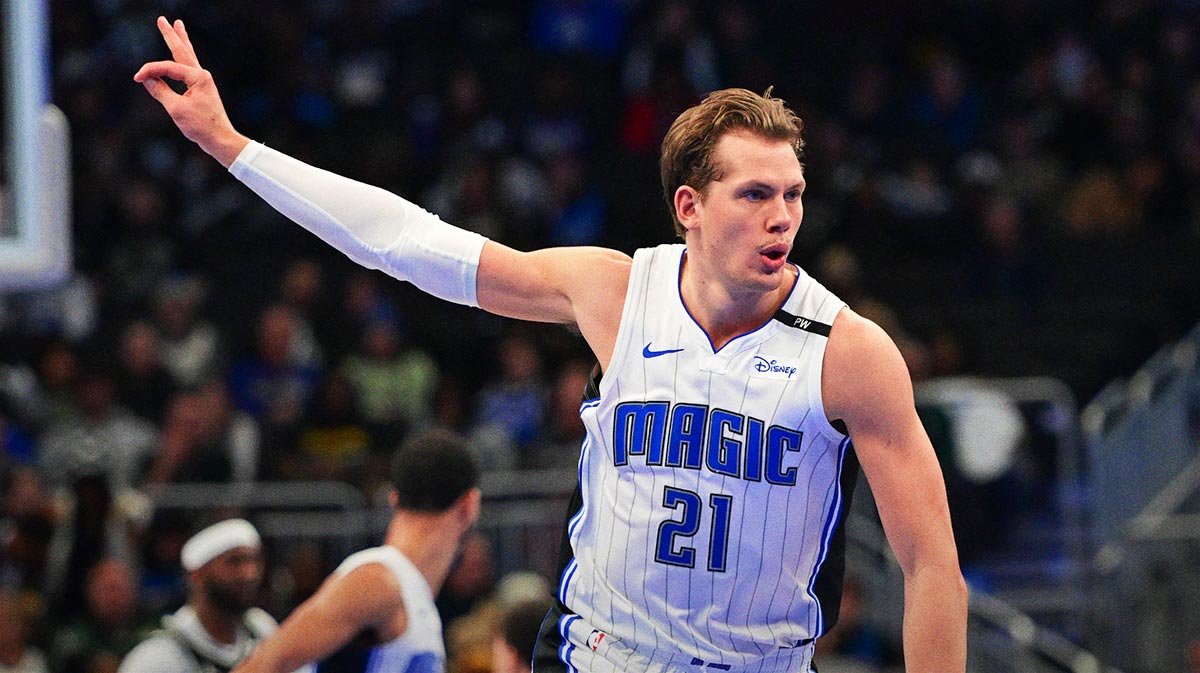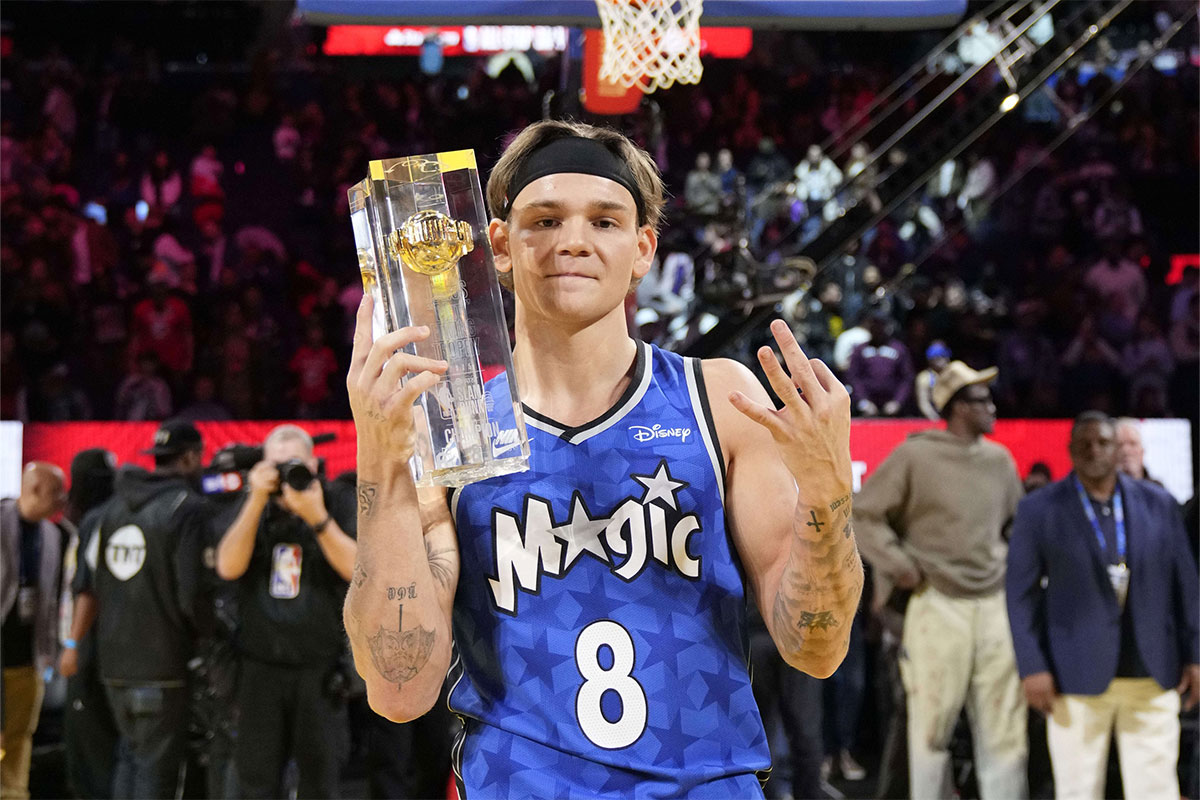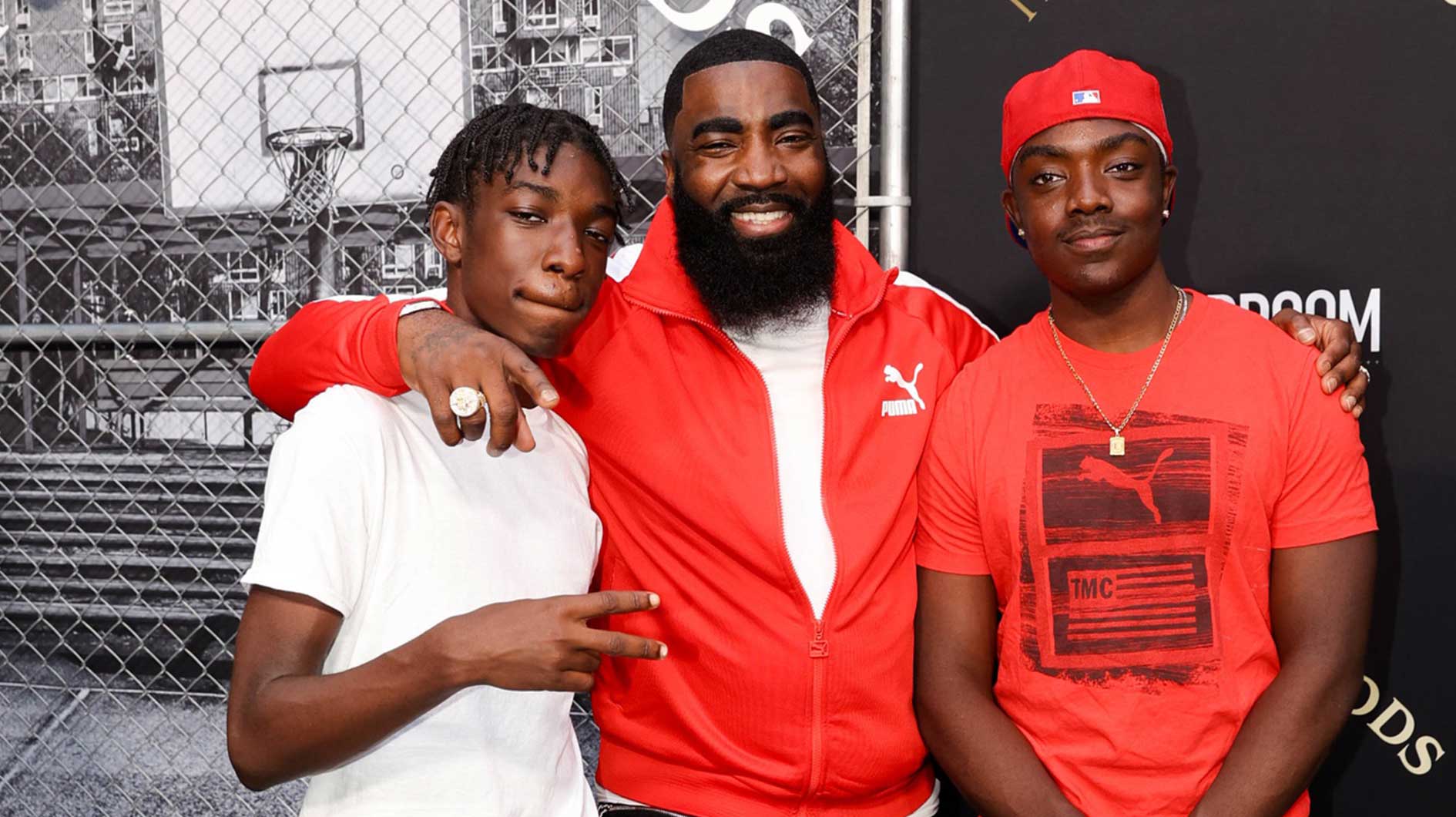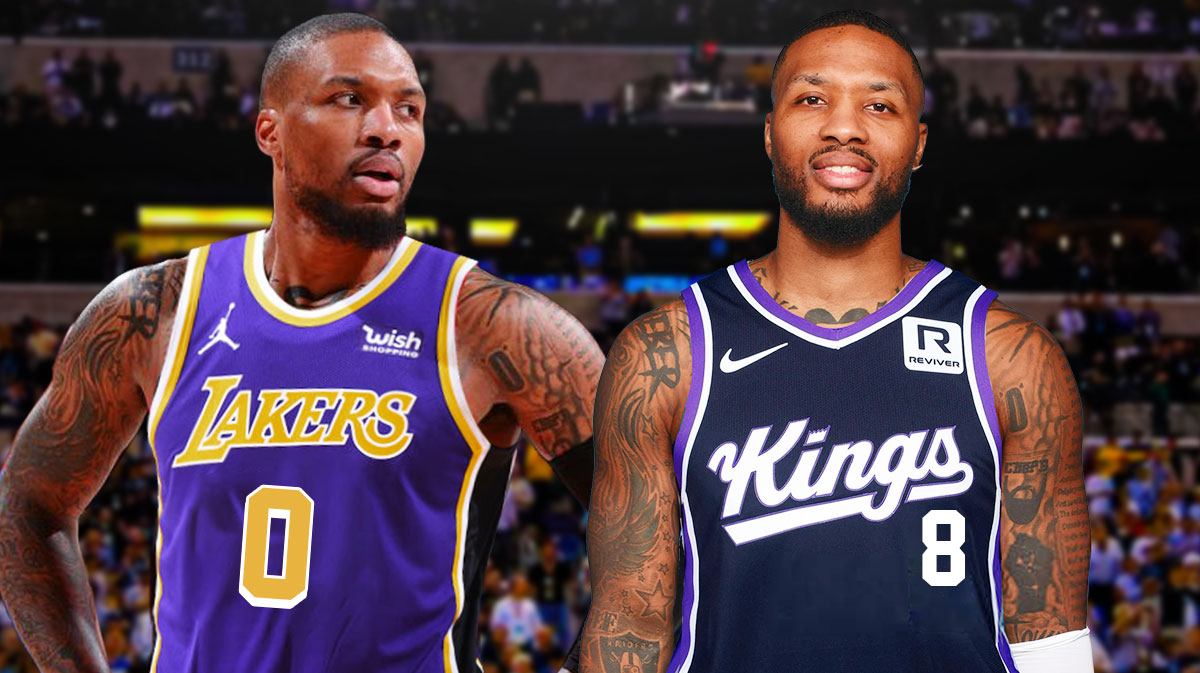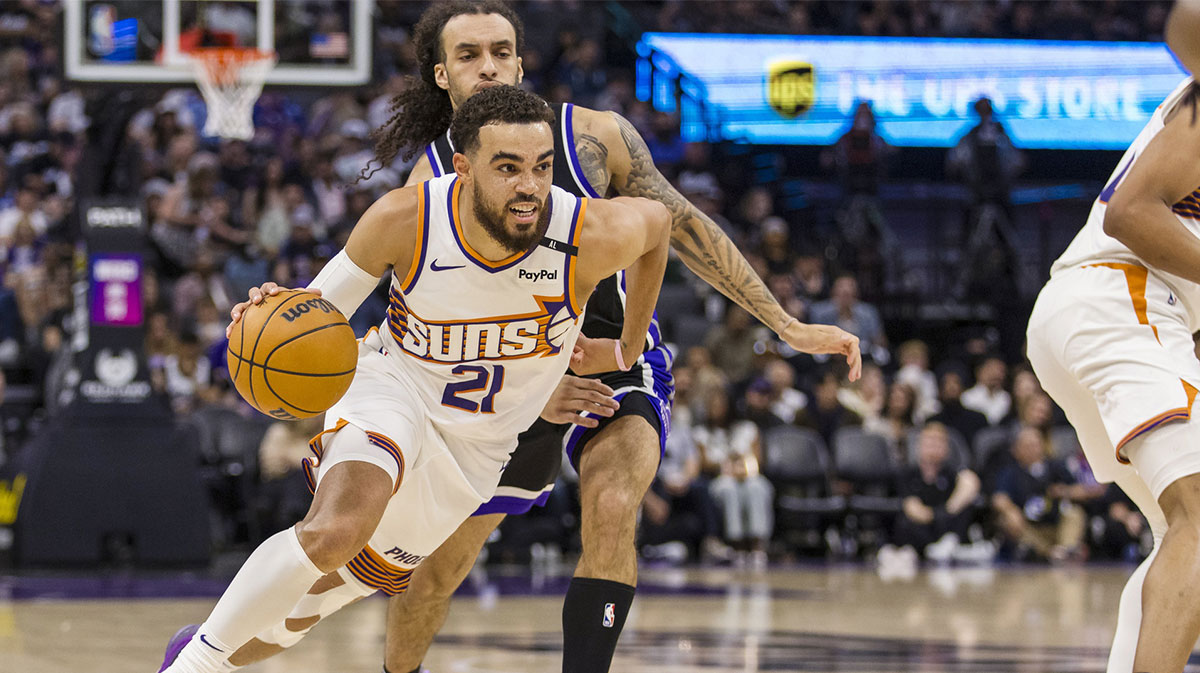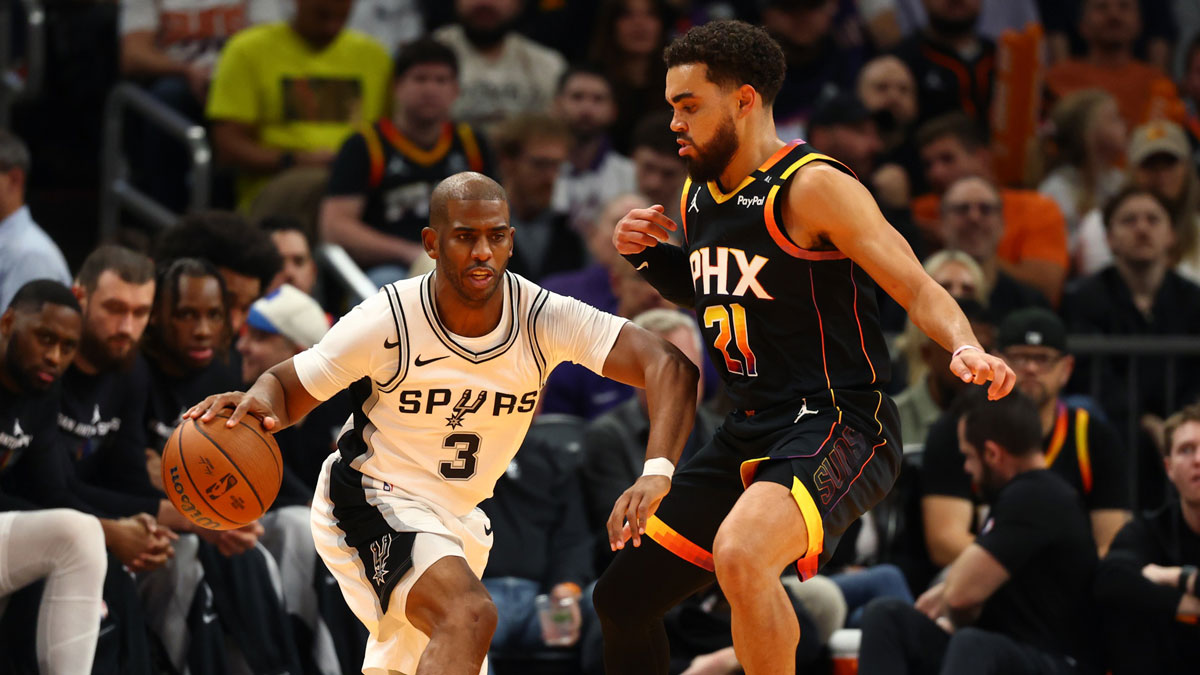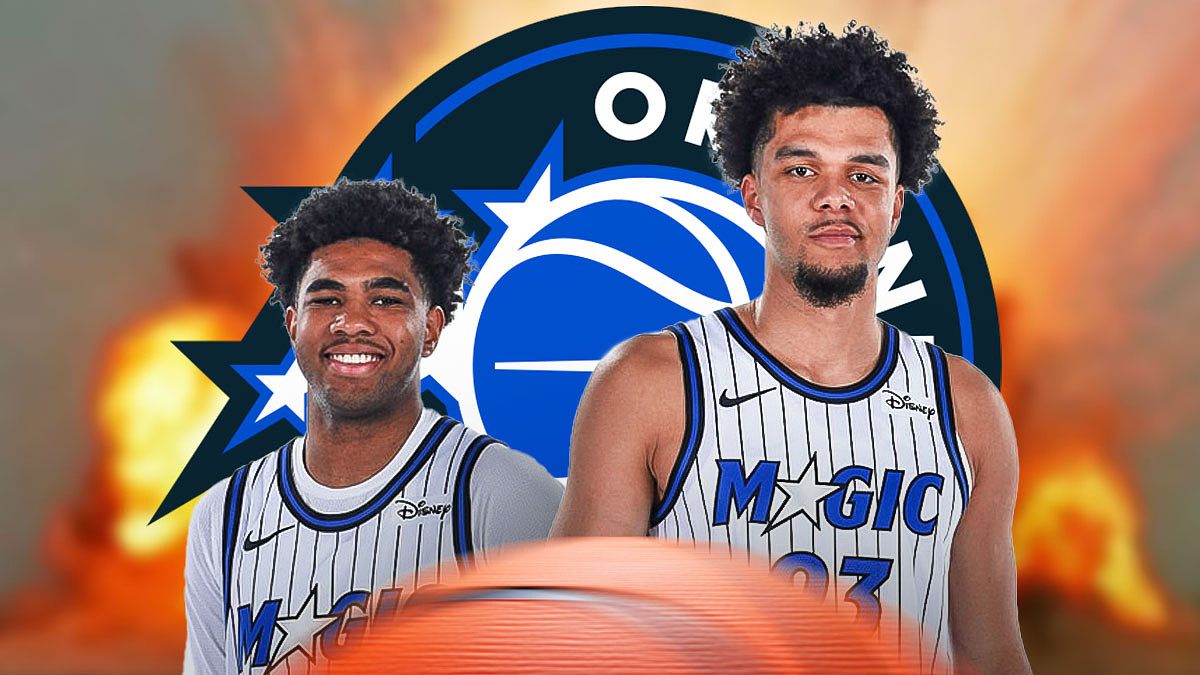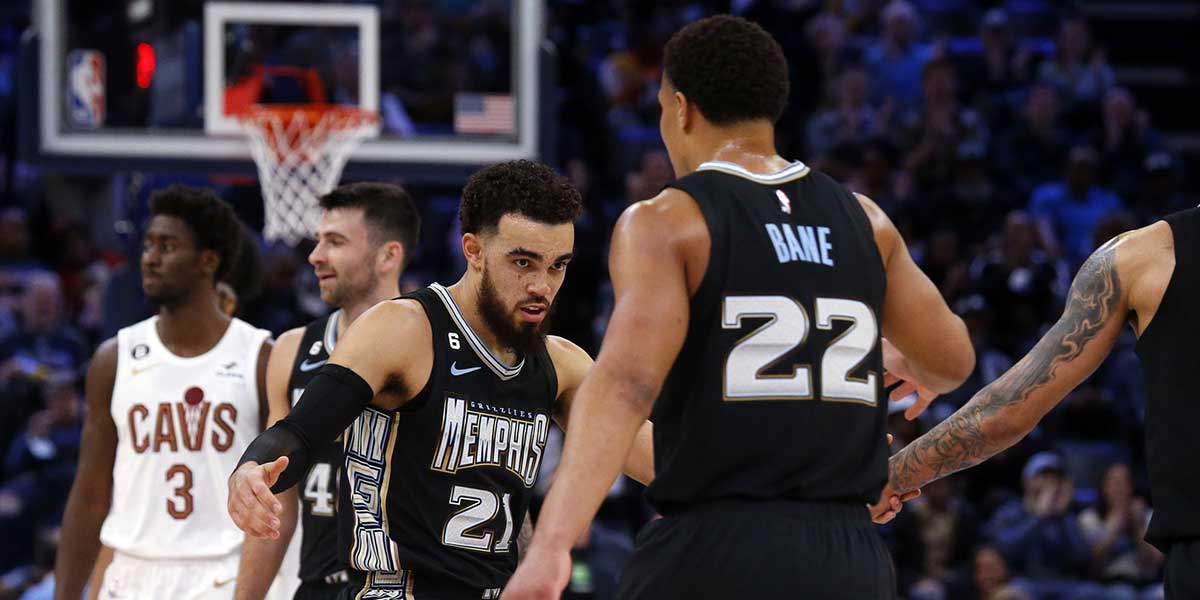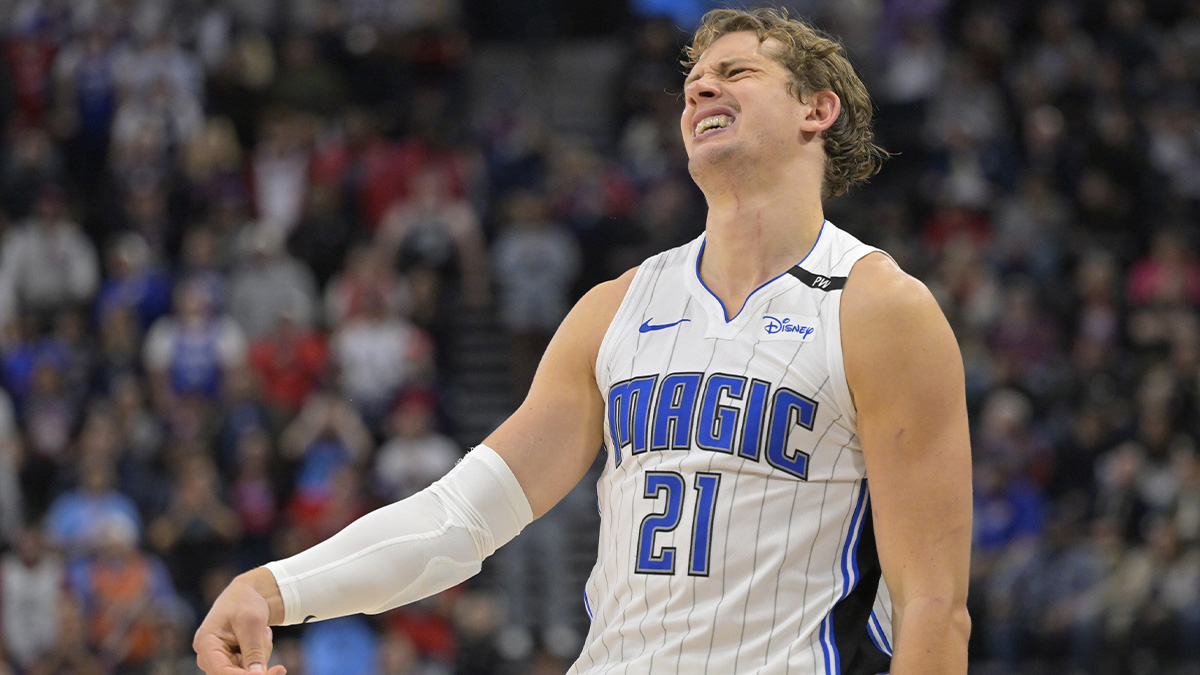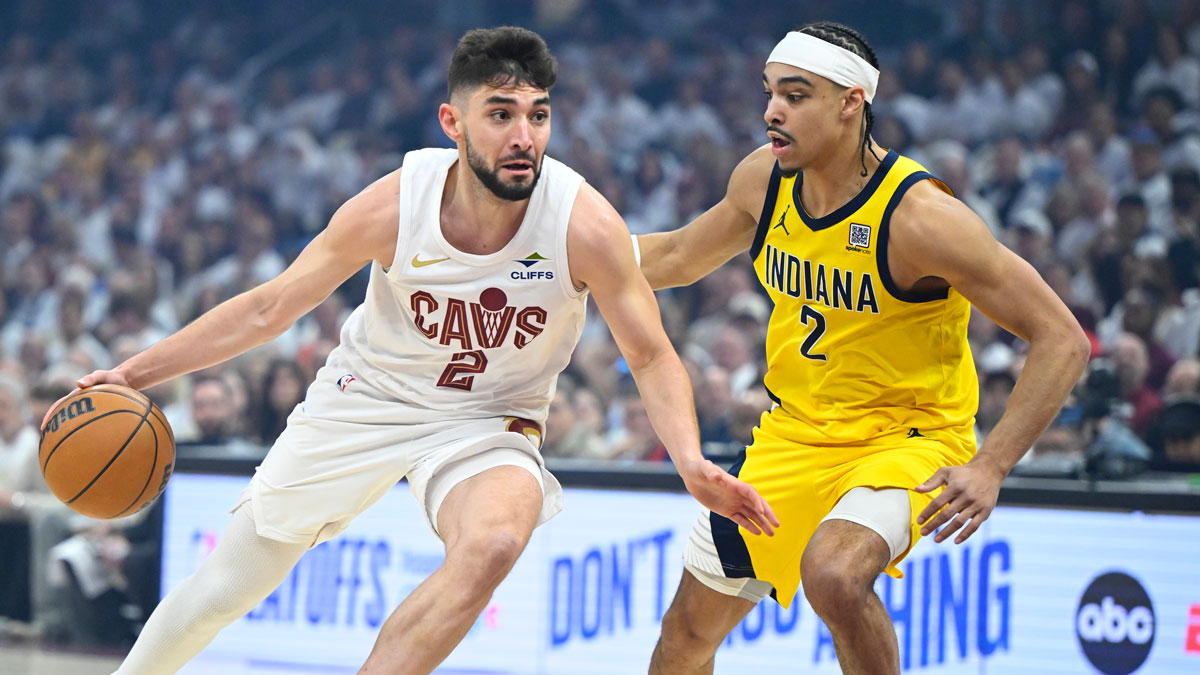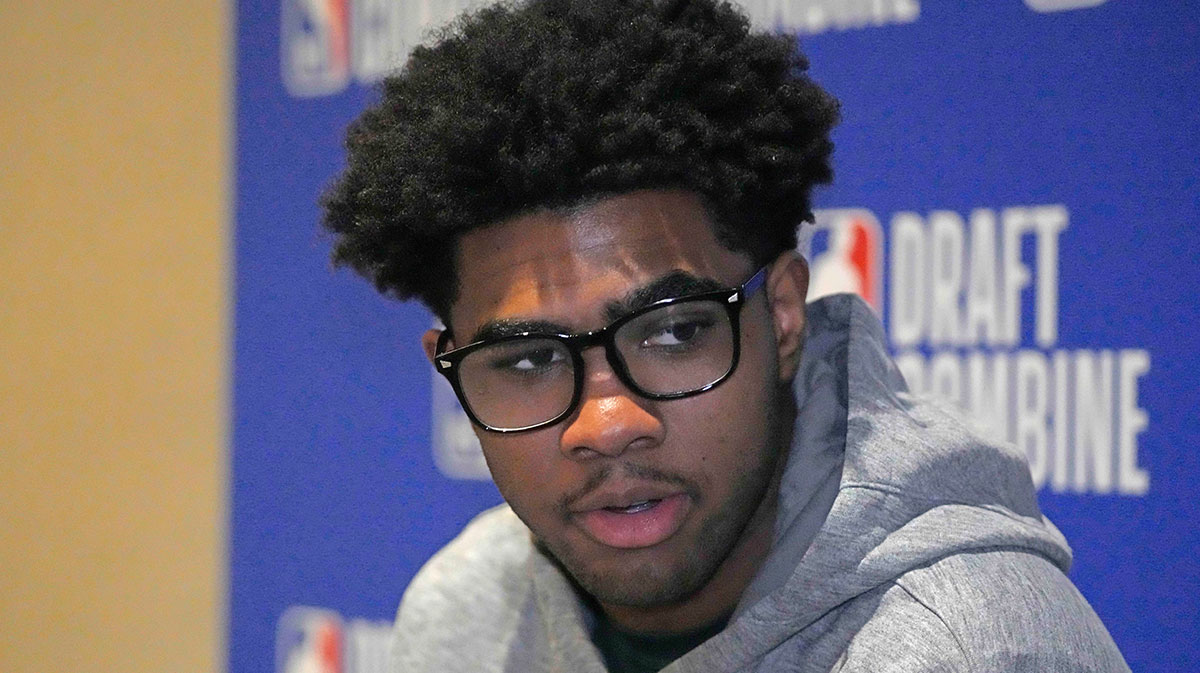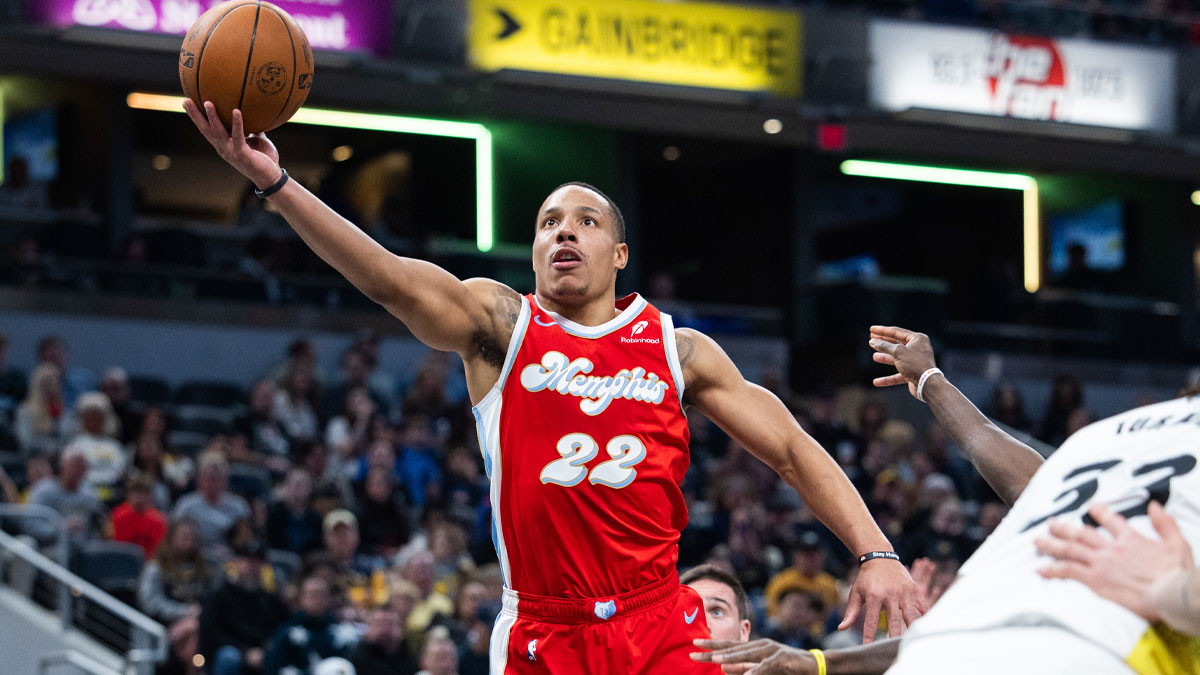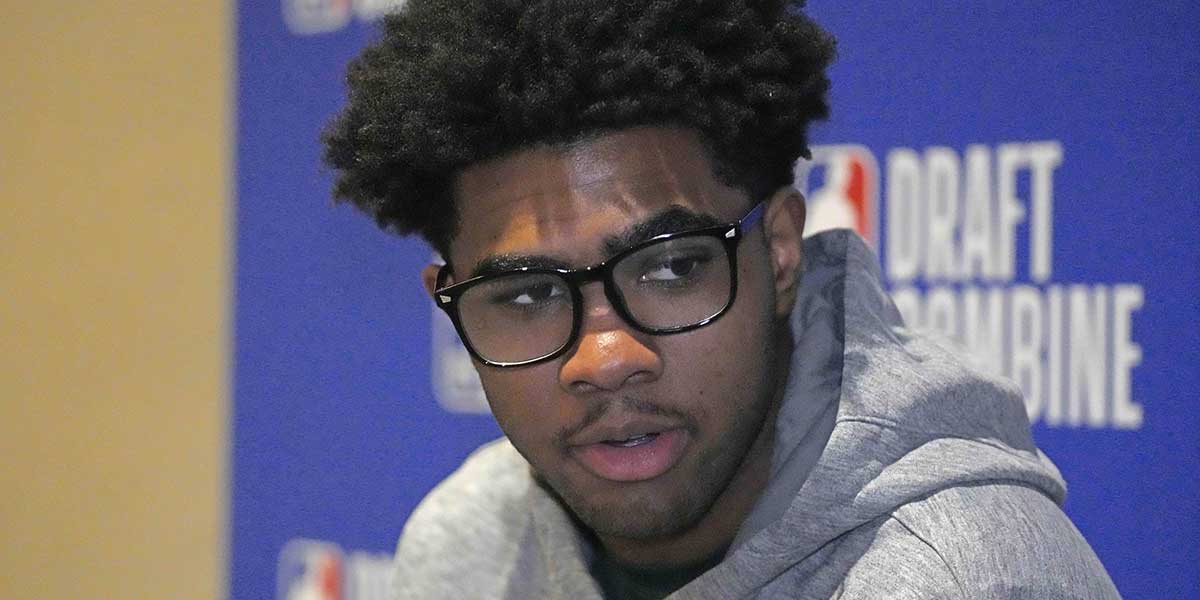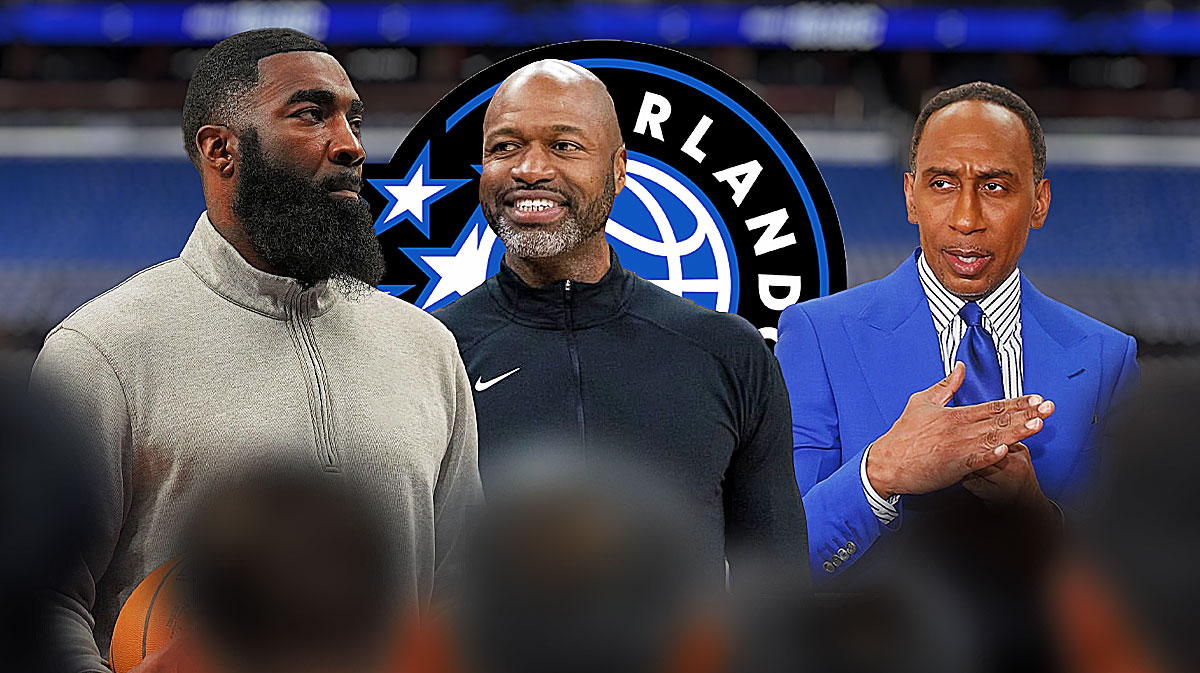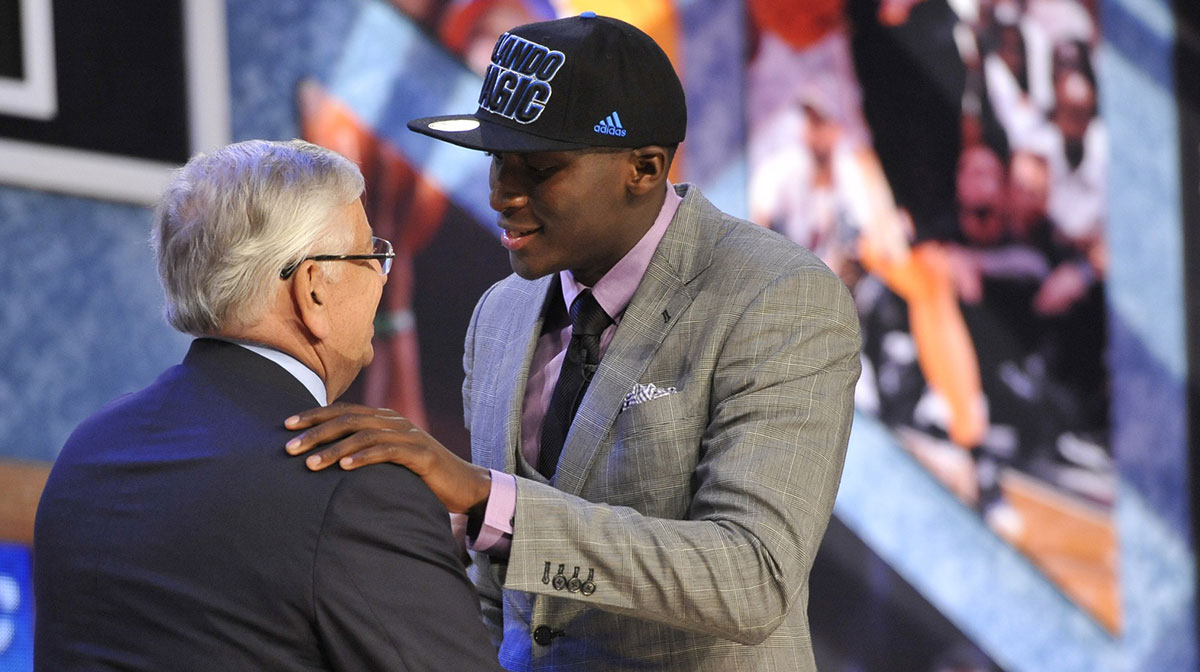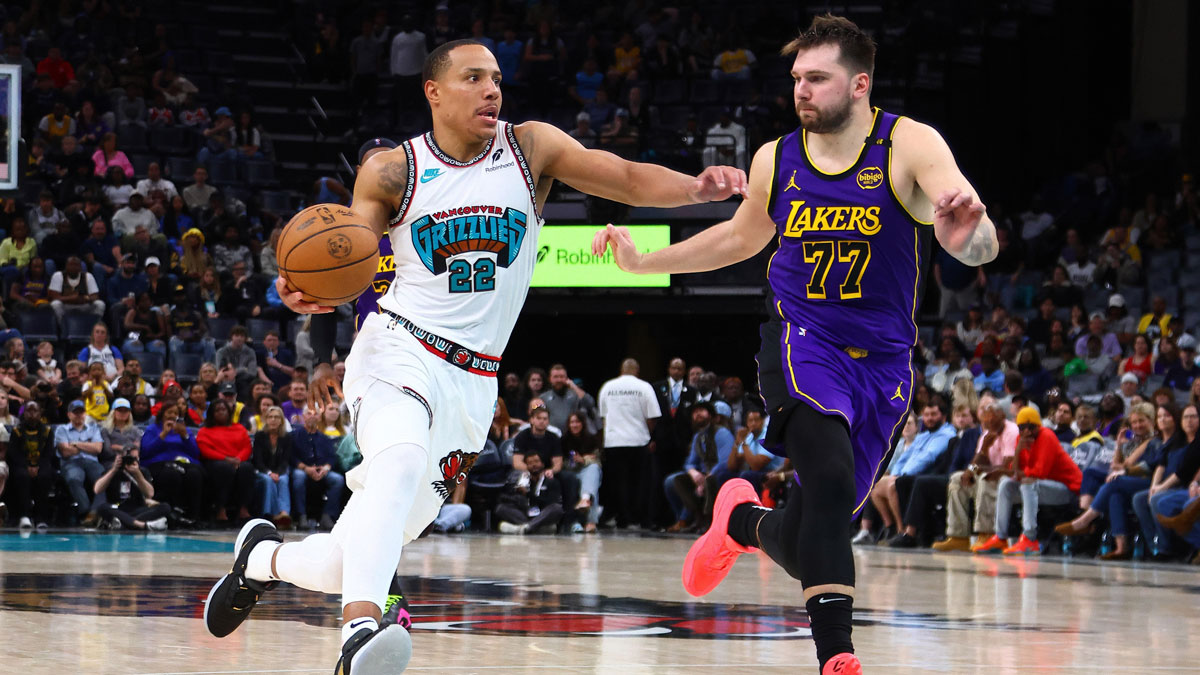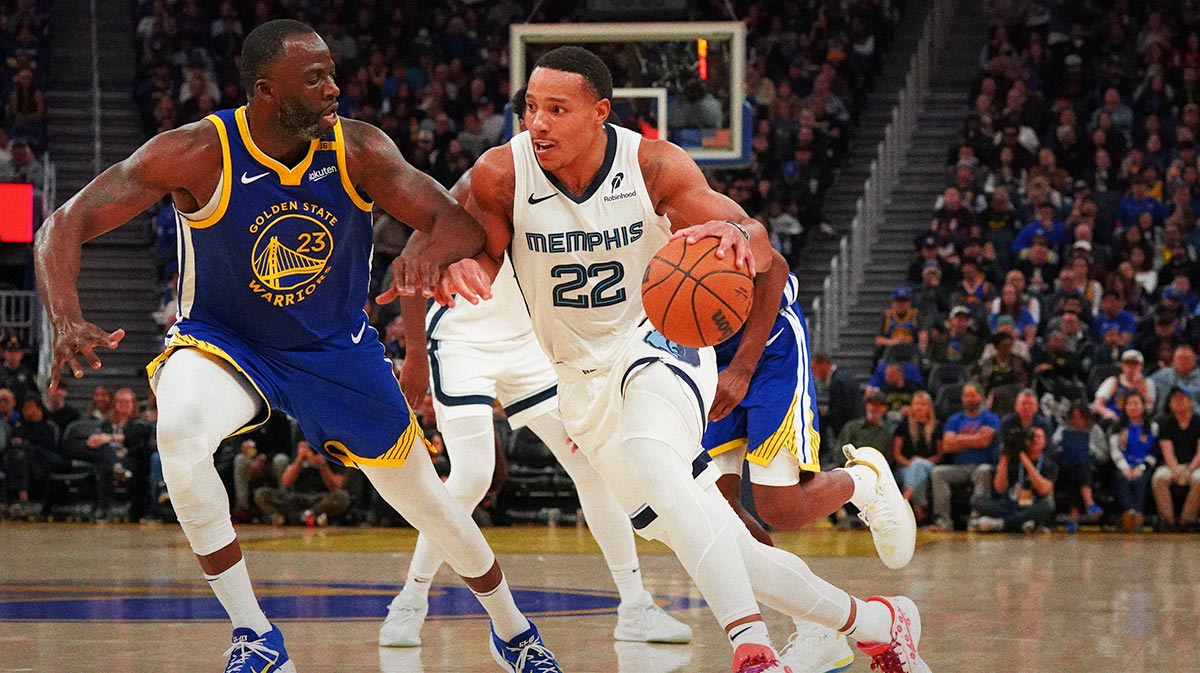Markelle Fultz never got his shot.
With the dazzling ball-handling and playmaking he displayed in college, Fultz was supposed to be the catalyst for the Philadelphia 76ers – propelling Ben Simmons and Joel Embiid to the next level in 2017.
Instead, a series of shoulder injuries and off-court drama hampered Fultz. He was forced to alter his shot, was shut down for long periods of time, and looked nothing close to the superstar he was billed as.
Some called it the “yips,” while others pointed to unhealthy relationships within his inner circle. More concretely, he was diagnosed with Thoracic Outlet Syndrome in December 2018.
After Philadelphia gave up on him, a fresh start in Orlando felt like a godsend.
Following a trade to the Magic, Markelle Fultz blossomed in the 2019-20 season. Playing 72 games, he finally had the right blend of health, confidence, and opportunity. Even more encouraging, he had regained some of his shooting and explosiveness, scoring 12 points a game – a career-high.
His strong play continued into the 2020-21 season, where he contributed to the Magic’s strong 6-2 start.
But on January 6, 2021, Fultz was driving to the basket when he collapsed to the ground in a heap. It was an ACL tear, and it would end his season.
After already lumbering down a long road to recover his self-confidence, he has another in front of him.
To get a glimpse into Fultz’s journey ahead, ClutchPoints spoke with Philip Bennion, MD – an orthopedic surgeon for Phoenix Spine and Joint.
The Markelle Fultz Injury

Bennion explained that the ACL is crucial because it’s necessary for athletes “to run, jump, plant their foot and change direction, and pivot on that extremity. It stabilizes the joint through these types of activities.”
A tear, then, is catastrophic. With the return time generally around a year, recovery varies from person to person.
Derrick Rose, for example, famously tore his ACL in 2012 at the end of an MVP season. He’s lacked some of his lightning quickness and explosiveness in the years since he’s returned. By contrast, Zach LaVine had the same injury in 2017. But after his recovery, LaVine was still flying high on dunks and showing the same impressive hops he had pre-injury.
With Fultz, it’s an unknown.
Bennion expounded that each case is different and involves a lot more factors than just the tear. There could be “other concomitant injuries that the athlete doesn't know about in that athlete’s knee,” Bennion asserted. Other variants could include “psychological factors, where they are in their careers, and what their pressures are from their position.”
Rose, for example, dealt with a series of injuries that all piled up on one another. Never regaining his MVP form wasn’t the result of just one catastrophe, but of many.
Journey of Recovery

It’s crucial for athletes to take their time in recovery. When players are ready to start rehabbing, they have one leg that’s now weaker than the opposite leg. It’s atrophied, Dr. Bennion explained. The player is also completely out of shape, and you have to re-introduce activities like jumping, running, and pivoting in a systematic way to not mess up the surgery.
Bennion noted that re-injury is always a large concern: “One of the most important facets of that injury is to prevent the injury happening all over again. It’s certainly possible to have a re-rupture. If an ACL ruptures the first time, there’s a significant chance a graft ruptures the second time….We rebuild the athlete from the ground up.”
Rebuilding an athlete involves their mental state as well. Psychologically, players are often not the same returning from a devastating injury. In 2007, after tearing three knee ligaments and fracturing his patella, Shaun Livingston faced an arduous uphill battle. Livingston has since said that the toughest part of coming back was the mental hurdles – the psychological aspect of getting behind the metaphorical wheel again after a horrific crash.
For Livingston, that meant getting back on the court and playing the game that almost cost him his entire leg. As a result, Livingston, and all athletes who suffer devastating injuries, shifted his perspective. From that point on, every action from driving to the basket to simply jumping for a rebound carried a neon warning of re-injury.
Dr. Bennion laid out the basics of the psychological battle. The athlete must have clear goals, he said. “The first thing is to look it sure in the face and understand what it is and what our goals are. Then we can create a plan.”
Bennion proposed a question that would define each player’s mindset: is this going to be a career-ending injury or a career-postponing injury?
The importance of having a team the player trusts through all of this can’t be overstated, Bennion believed. Made up of everyone from the orthopedic surgeon to the nutritionist to the physical therapist, it’s the group of people dedicated to restoring the player back to his pre-injury level of play.
For Markelle Fultz, that team is crucial. The road ahead is riddled with physical and psychological struggles – especially after what he’s already been through early in his career. But if he exhibits the mental fortitude he demonstrated the past couple of years, this will merely be a career-postponing injury.
With rejuvenated confidence and a return to form, Fultz was about ready to break out in the 2020-21 season. The shot at stardom that had eluded him early on had finally presented itself again.
But the timeline has shifted, with the recovery process looming overhead. And Fultz, undoubtedly, will be working hard behind the scenes to return as a pivotal piece for the Magic.
And in time, he’ll get his shot back once again.

